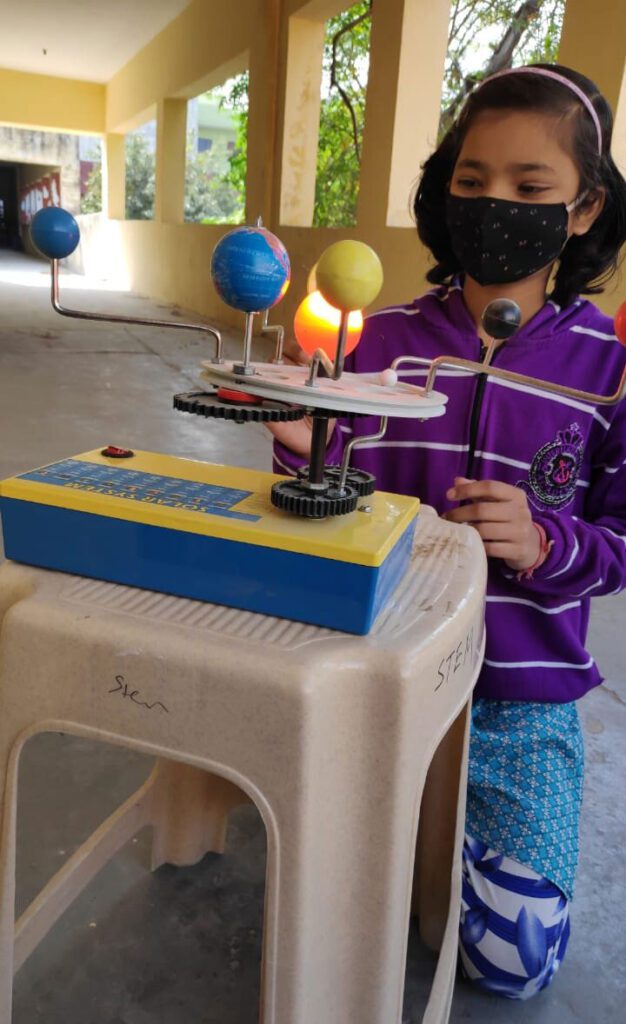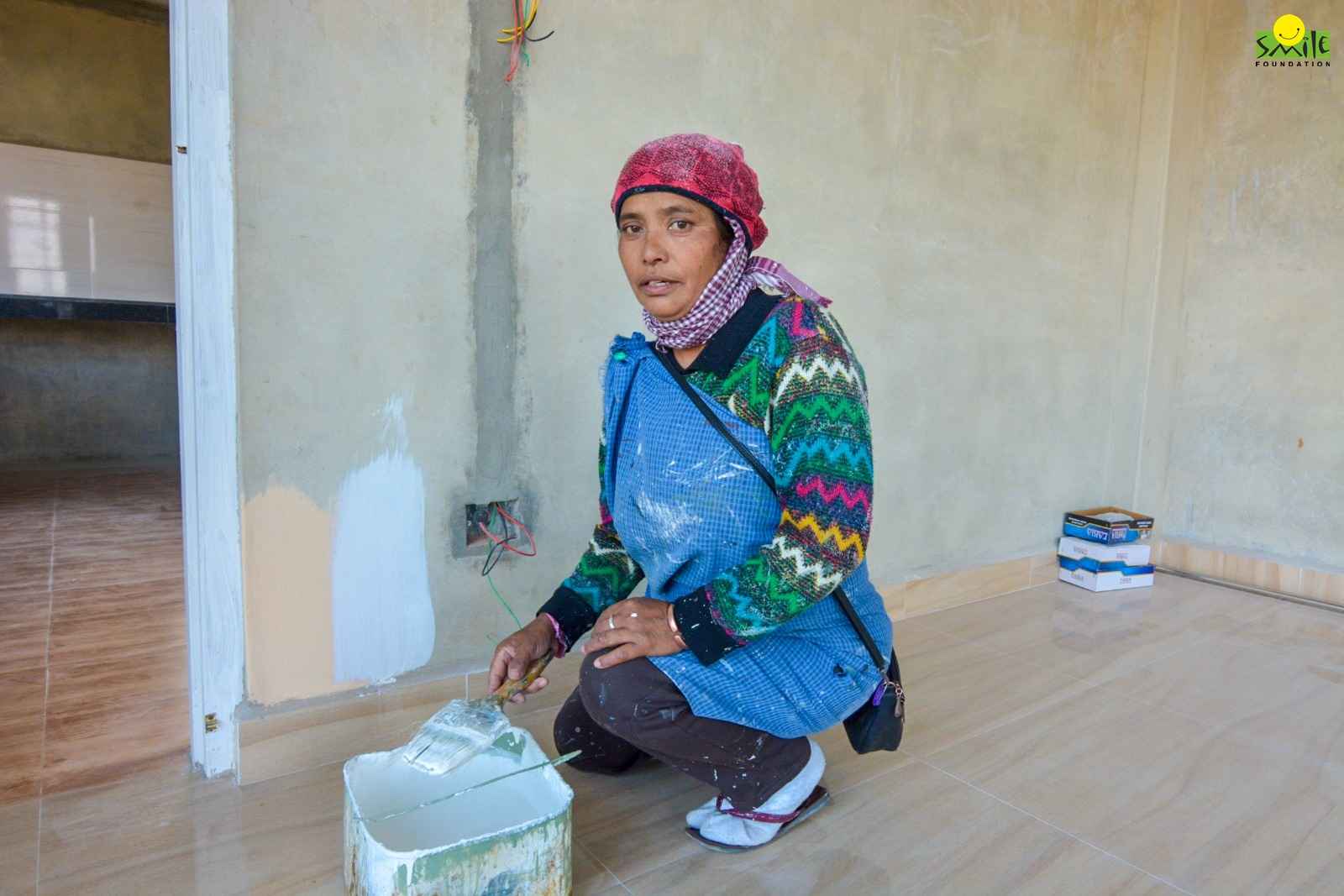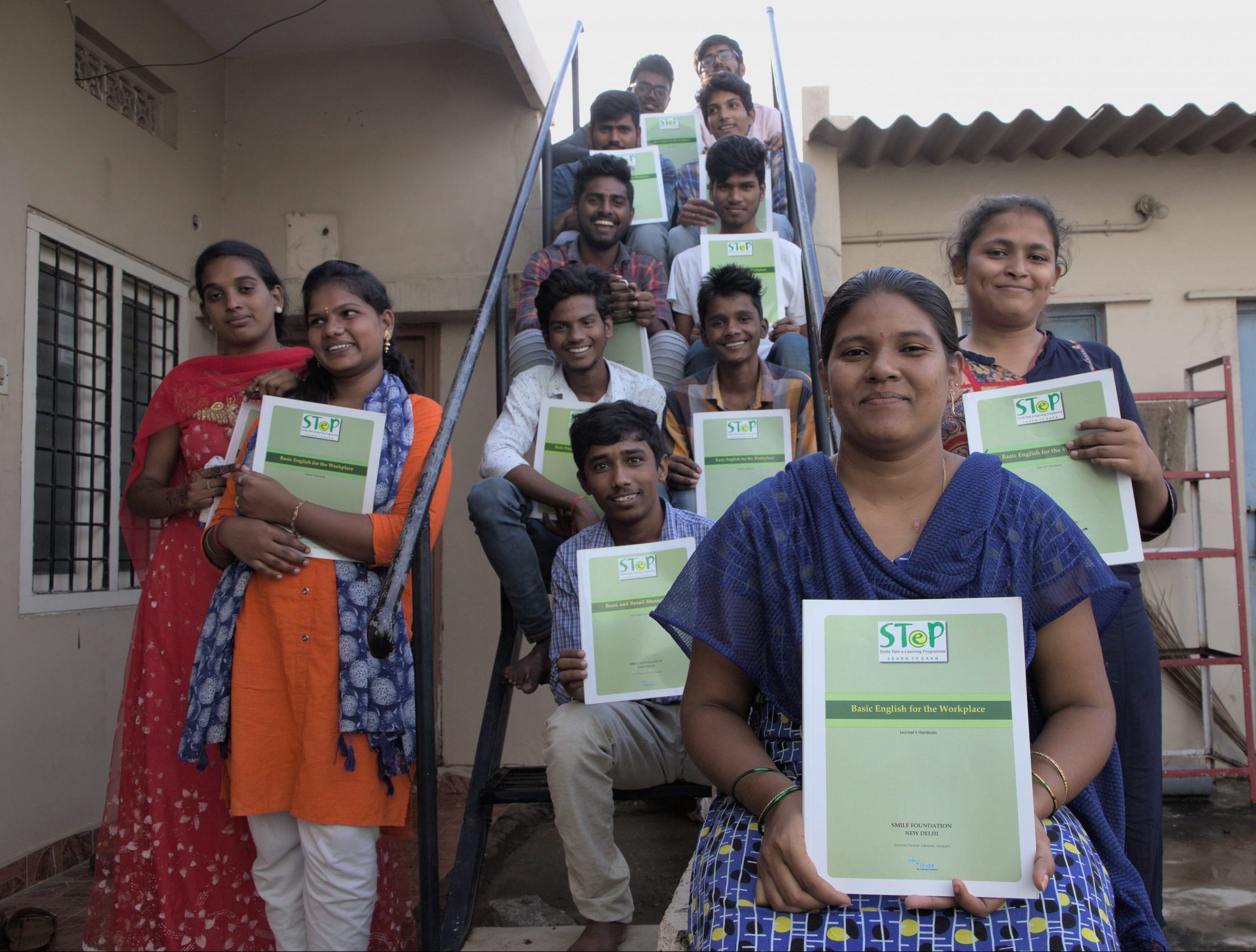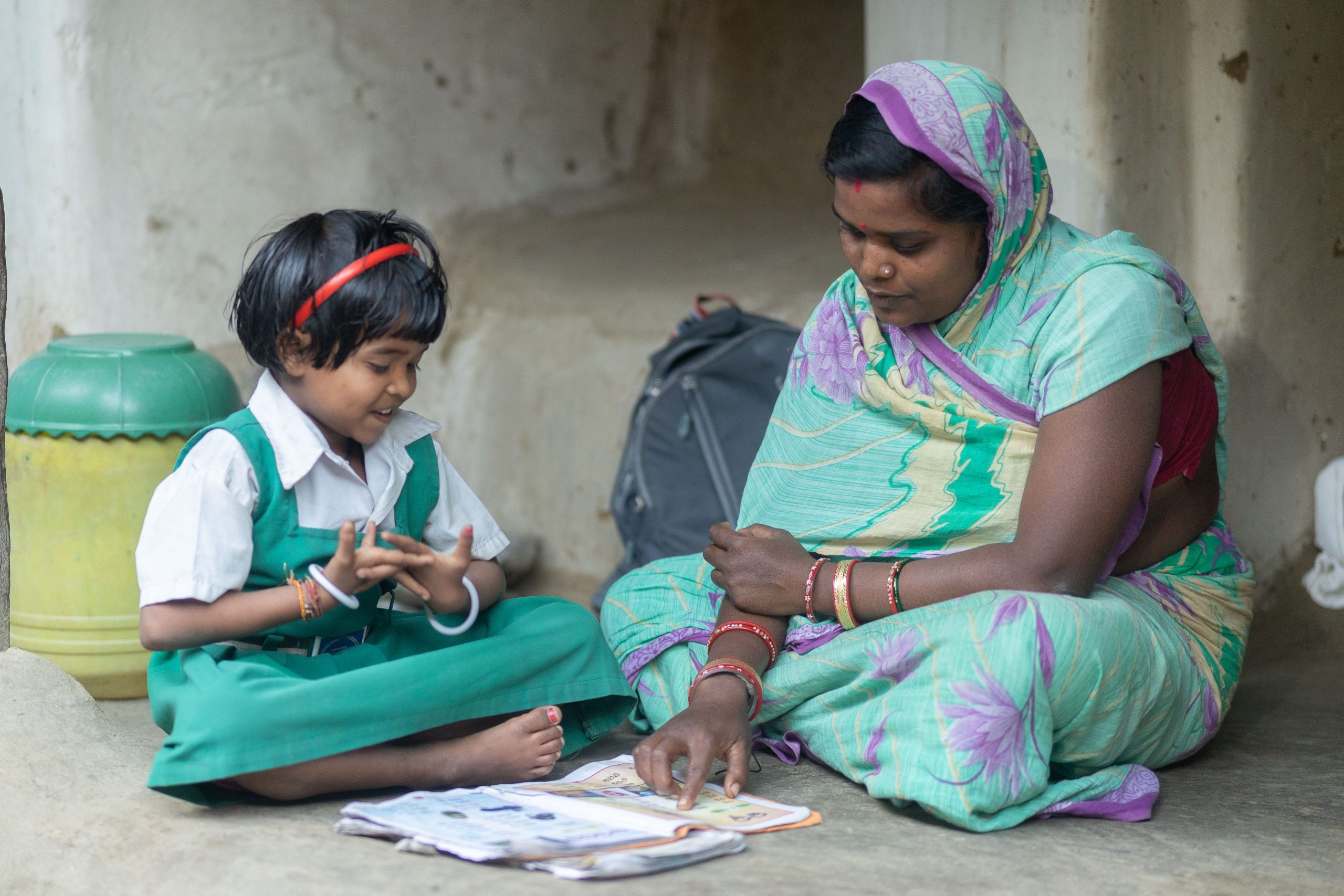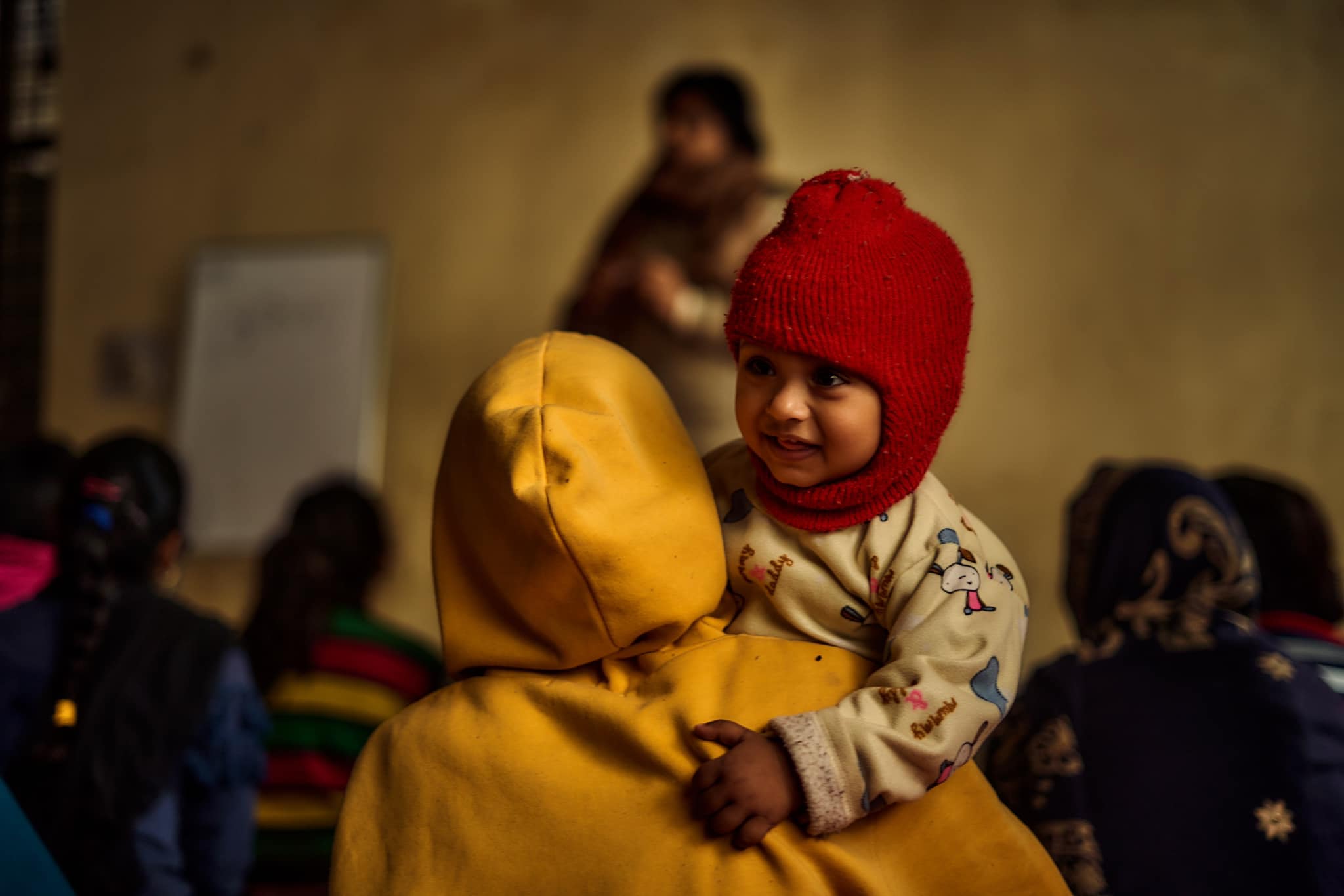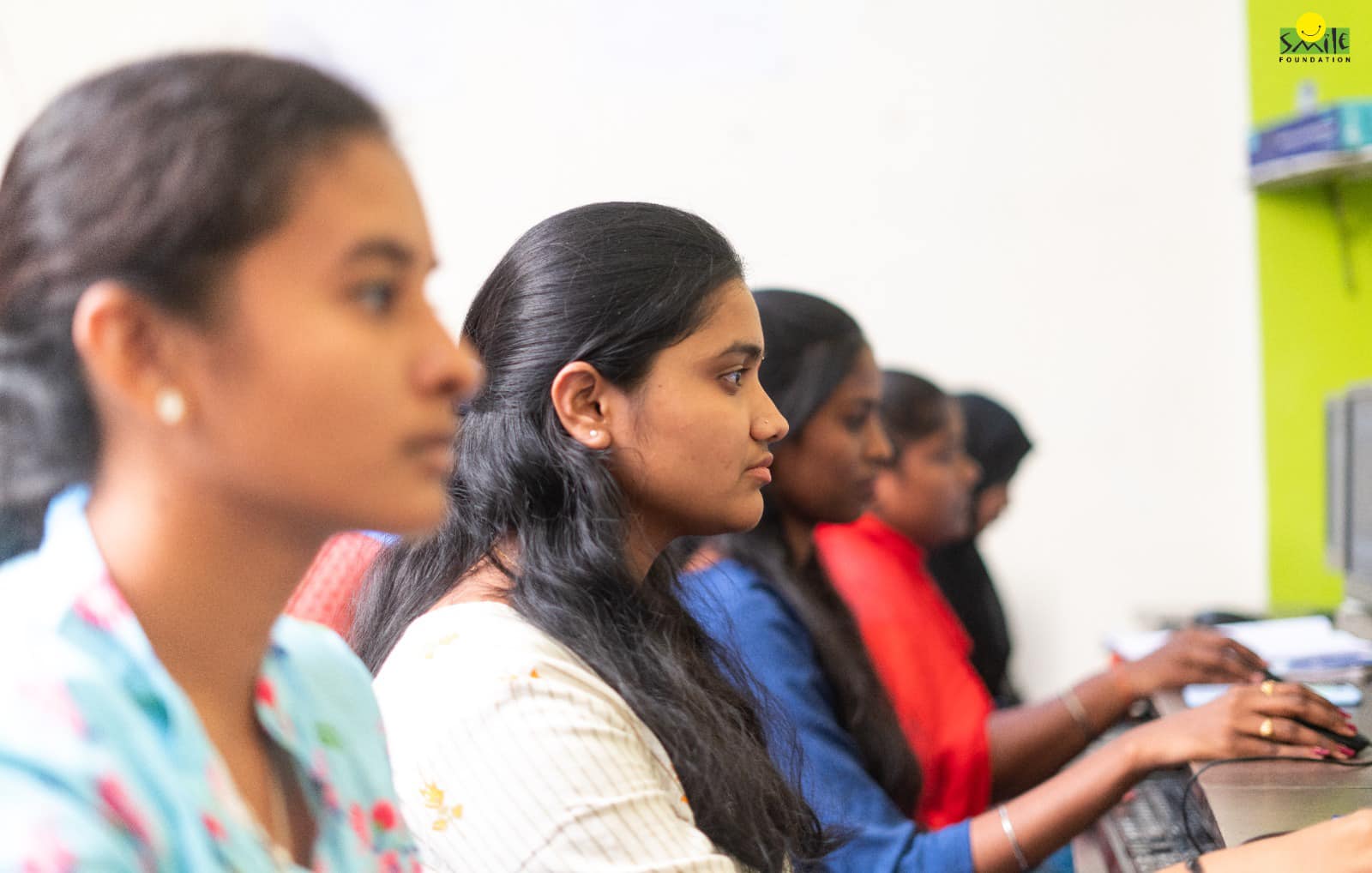The official schooling system has been severely disrupted, throwing children’s routines out of whack. It is important to have activities to keep them motivated and foster creativity in children during virtual classes.
You may have witnessed pupils struggling to complete work, or to participate and contribute creatively to school work near the end of the previous school year. The novelty of online learning had worn off, and there seemed to be a new wave of bad news every day. This has undoubtedly had an impact on everyone, but most notably on children.
We’re learning as we go
Most schools and teachers were unprepared at first to convert every lesson and school resource to an online platform, especially overnight. Students were also not entirely comfortable. Many were stranded at home without a dependable Internet connection or necessary gadgets such as a laptop.
Students have been in social isolation and under stay-at-home orders for months now. However, the new school year is swiftly approaching. By this time, some students are feeling more prepared and comfortable in their virtual classrooms. This new virtual learning environment raises the question of how instructors can continue to encourage and develop creativity while working from a screen.
Attempt to change things up
Trying to balance remote teaching duties with everything else might be difficult for instructors who are new with online teaching platforms. This type of juggling leaves little opportunity for spontaneity and can disrupt the entire class’s creative flow.
Consider for a moment what is missed while teaching electronically. For one thing, it’s far more difficult to pick up on students’ nonverbal communication while they’re online. Additionally, students may struggle to be active listeners. It is also considerably more difficult to provide tailored assistance with assignments. As a result of these virtual learning disadvantages, pupils are prone to grow dissatisfied and disheartened. Without in-person direction and monitoring, some students may become stuck or lost. One dead end after another leads to students being unable to reach the learning objectives.
Alternate between tasks to foster creativity in children
The University of Southern California (USC) recommends alternating between tasks to boost creative thinking for a better online experience. Task-switching gives pupils more choice and can help to minimize certain shortcomings while enhancing strengths. Setting firm stops and working in short spurts is recommended by USC. They further say that rotating between projects several times rather than focusing on one item provides a fresh viewpoint and encourages more innovation.
Though task switching isn’t something new for teachers, doing so online is. At the onset of the pandemic, teachers had found it simpler to focus on one activity at a time. Now that some time has gone and they are more aware about the ins and outs of the virtual classroom, it’s time to shake things up and get the creative juices flowing again.
Stay connected with nature
All of the restrictions and stress that children are experiencing during the pandemic will be reflected in their work and creativity. It is important to encourage pupils to take regular breaks away from screens outside of their homes. There are various scientifically documented advantages of spending time outside.
Improved mental health: Going for a walk, hiking, or riding a bike are all excellent ways to minimize negative thinking, reduce anxiety, and enhance your mood.
Improved immunity: Improved well-being is also beneficial to your immune system. Vitamin D, an immunity-boosting vitamin, is not produced naturally by humans. Fortunately, sunlight is the best source of vitamin D. Aside from this, spending time in nature can help the immune system in many other ways. There is scientific proof that being outside in nature protects you from diseases like ADHD, cancer, cardiovascular disease, depression, diabetes, and obesity
Enhanced creativity: Spending time in nature may be extremely motivating, boost cognitive processes, and revitalize the creative mind.
Motivate kids to go outside or make an assignment that requires them to spend some time outside. Of course, students should be reminded of COVID-19 safety precautions before they do so. This simple activity may appear to be a small thing. However, with everything going on around the globe, this may be the only time students get to take a break and reconnect with their surroundings.
To sum up
It goes without saying that this year has been quite difficult thus far. These past several months have been cognitively, emotionally, and physically exhausting for everyone. This is true for teachers, students, as well as parents. This is something to think about when you plan your next creative move in the classroom.
As virtual learning technology advances, educators may find themselves having to master new tactics. Students and teachers both encounter distinct challenges. One of them is definitely how to foster creativity in children in a virtual classroom. With the help of correct technology, resources, and motivation, teachers will assist and motivate students to overcome these unprecedented times and rediscover their creative spark.



